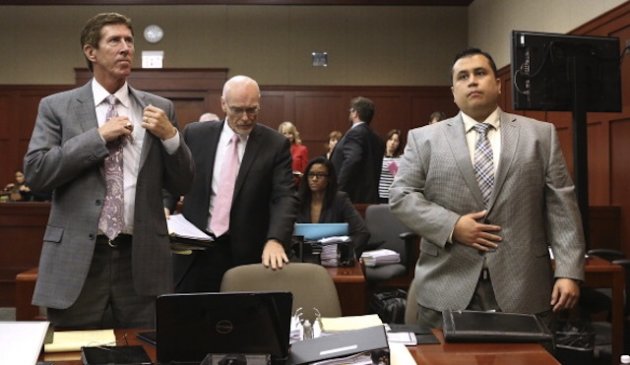By the numbers, the MyCharge Freedom 2000 ($79.99 direct) should provide more than double the battery life to a connected iPhone 5. But, as we've found with some of its competitors, double the capacity doesn't equal double the battery life. Still, the Freedom 2000 provides enough charge to comfortably get you through a day of moderate to heavy use, and its unique design makes it possible to use headphones or Lightning-enabled accessories without having to remove the case. It's a good battery case, but it's not the best?that distinction remains with our Editors' Choice Mophie Juice Pack Helium, which adds more battery life in a sleeker and more attractive package.
Design and Features
The Freedom 2000 looks more like Unu's Ecopak?power solution, which was more of an external battery slapped onto a case than a traditional battery case. It's a single-piece design, measuring 5.1 by 2.5 by .6 inches (HWD) and weighing 2.88 ounces, with rubber sides that flex to let you easily slip an iPhone 5 into place. It's easily the shortest battery case for the iPhone 5, which is an important distinction since I found that cases like the Helium push the limit for shallower pockets. Inside is impact absorbing foam, while the back is covered in a glossy plastic material with inlaid concentric circles?reminiscent of the texture on Asus Zenbook laptop lids. The whole case looks too boxy, and I personally prefer the gently tapered, soft-touch back of the Juice Pack line. There are cutouts for the camera, Volume buttons, and silent switch, while a rubber button along the top lets you easily press the Power button. ??
 Unlike other battery cases, the Freedom 2000 leaves the bottom edge of the iPhone 5 open?meaning you won't have to fiddle with a 3.5mm headphone extender like with every other case we've tested. Instead, MyCharge built a flexible and stowable Lightning cable that you plug into your iPhone when you need some extra juice. When not in use, simply slide the cable back into its slot where it stays hidden from view.
Unlike other battery cases, the Freedom 2000 leaves the bottom edge of the iPhone 5 open?meaning you won't have to fiddle with a 3.5mm headphone extender like with every other case we've tested. Instead, MyCharge built a flexible and stowable Lightning cable that you plug into your iPhone when you need some extra juice. When not in use, simply slide the cable back into its slot where it stays hidden from view.
To the left of the Lightning cable is a flap that covers a micro USB port for charging the battery back. You can charge just the Freedom 2000, or connect the Lightning cable and charge the phone and battery case using the micro USB power source. The micro USB port is a bit recessed in the Freedom 2000, so while it works fine with the bundled cable, I found that even slightly bulkier cables didn't quite fit?negating some of the benefits of using the more ubiquitous micro USB standard. Around back is a Power button, which you press and hold to activate the flow of juice or press once to check battery status. It'll glow or blink green or orange depending on charge, but it's not quite as useful or easy to decipher as the status LEDs on the Mophie Juice Packs or the PowerSkin case.
Performance and Conclusions
Though it packs a sizeable 2000mAh battery, compared with the 1500mAh battery found in the Mophie Juice Pack Helium, the MyCharge Freedom 2000 fell short of expectations. In my tests, making a continuous call with LTE enabled with Wi-Fi and Bluetooth switched off, the Freedom 2000 added 5 hours, 35 minutes of talk time to my completely drained AT&T iPhone 5. The Helium, meanwhile, added 6 hours, 20 minutes on the same test. It did, however, best the PowerSkin's 4 hours, 28 minutes.
The MyCharge Freedom 2000 offers power when you need it, and open access to all ports when you don?t. It's also a good deal shorter than other options, but I can't help feeling like it's a glorified external battery grafted onto a normal iPhone 5 case?like the Unu Ecopak but with a built-in Lightning cable. On top of that, despite its high capacity battery, it wasn't able to best the Mophie Juice Pack Helium in our battery rundown tests. If you value having easy access to your ports, the Freedom 2000 is a good choice, but if you're looking for the best battery case, our Editors' Choice remains the Helium.
Source: http://feedproxy.google.com/~r/ziffdavis/pcmag/~3/-2qhM_79sPg/0,2817,2420476,00.asp
tony robbins bon iver abraham lincoln vampire hunter their eyes were watching god lara logan manu ginobili sports illustrated swimsuit 2012


 George Zimmerman, right, arrives on the first day of his trial on June 10, 2013, in Sanford, Fla.
George Zimmerman, right, arrives on the first day of his trial on June 10, 2013, in Sanford, Fla.